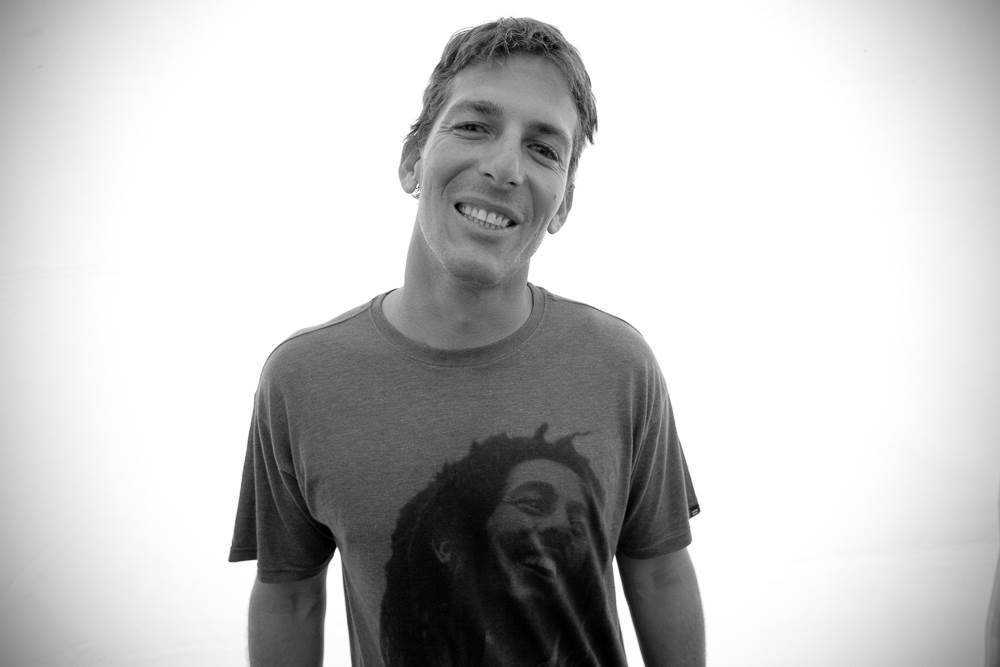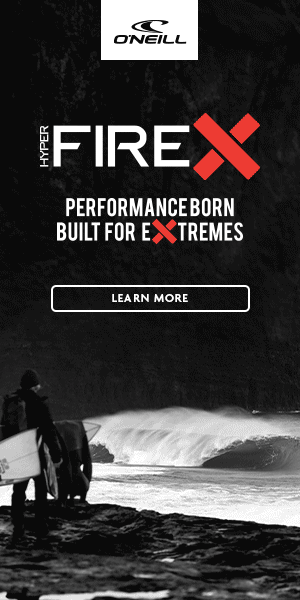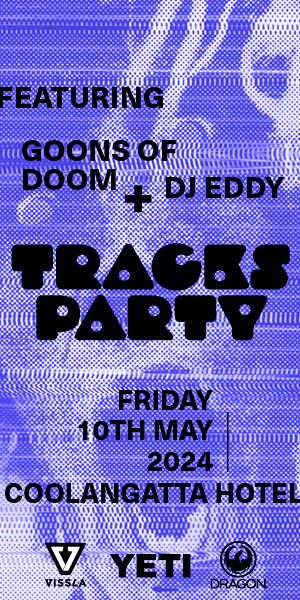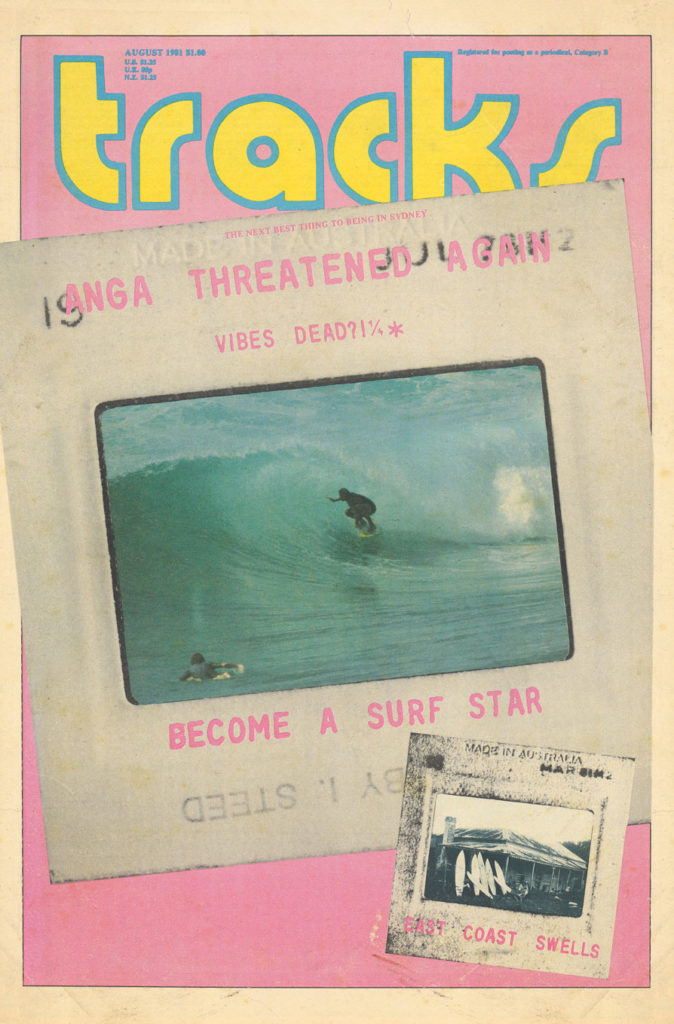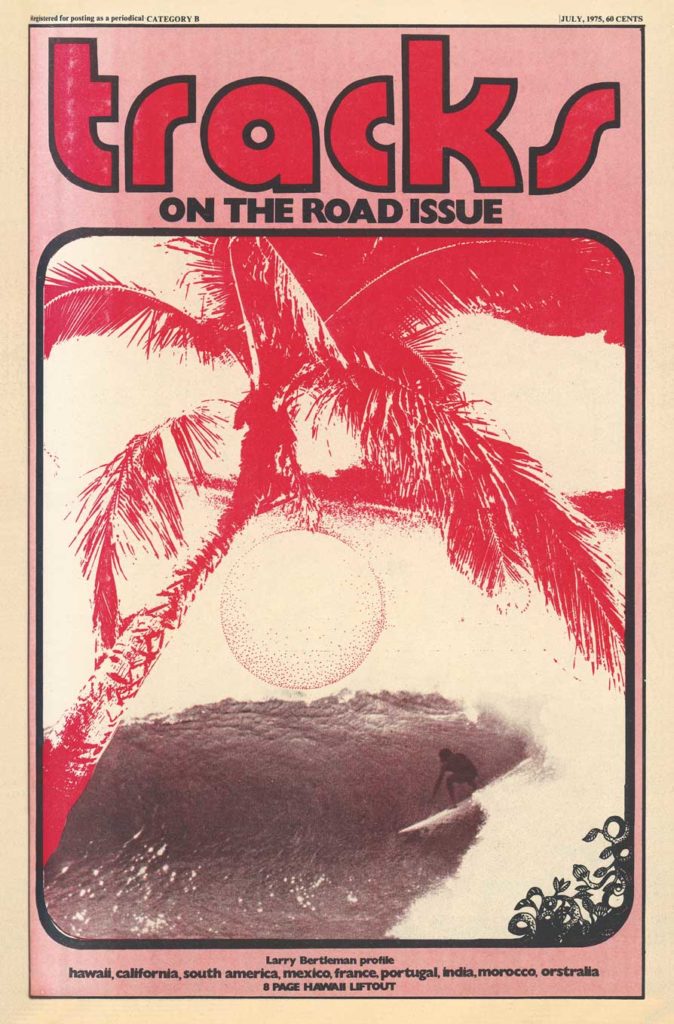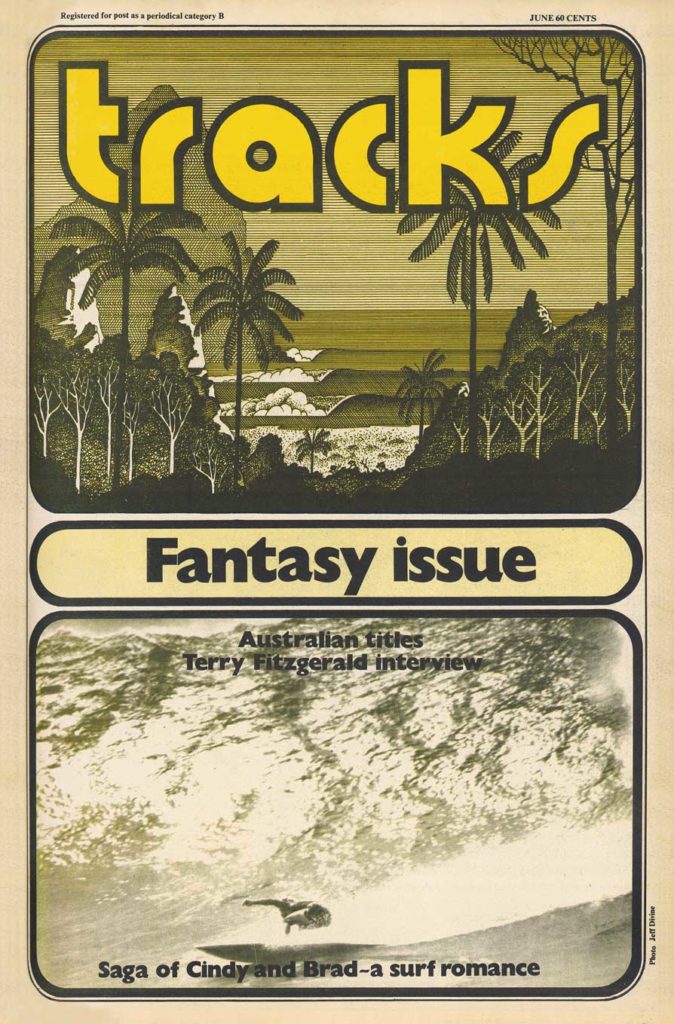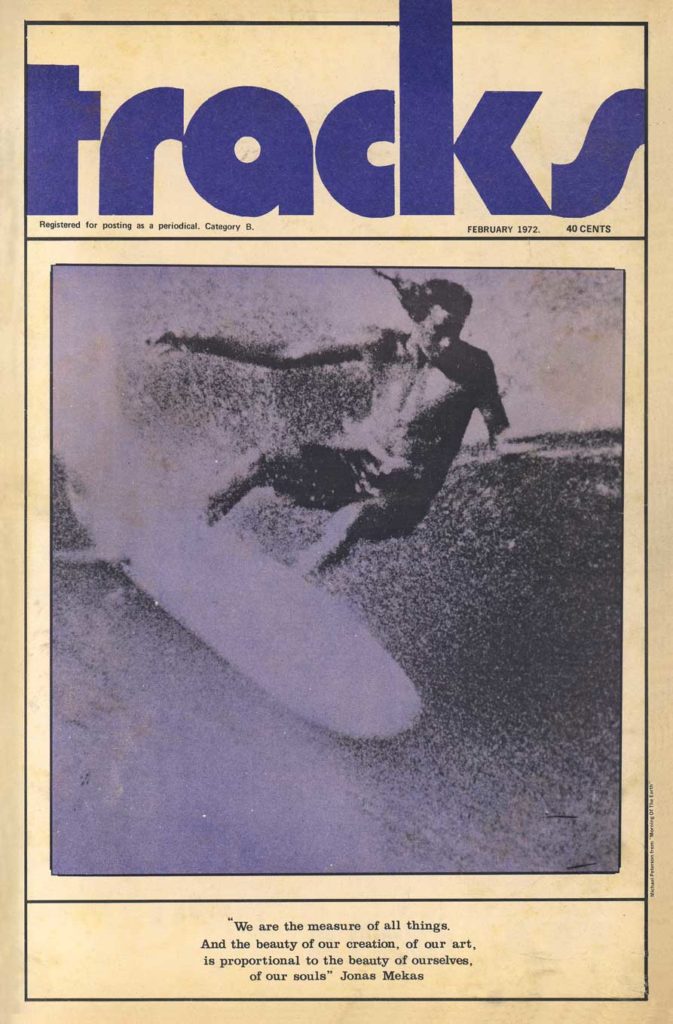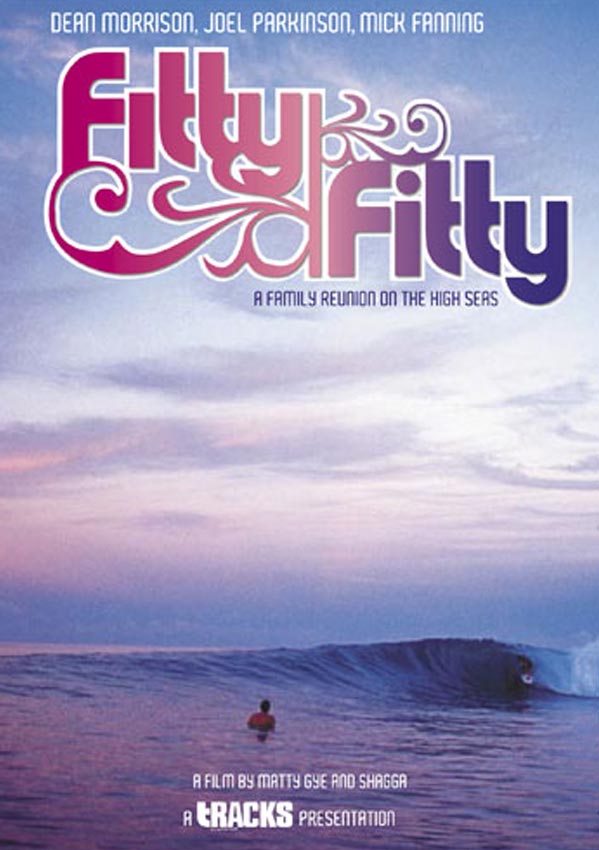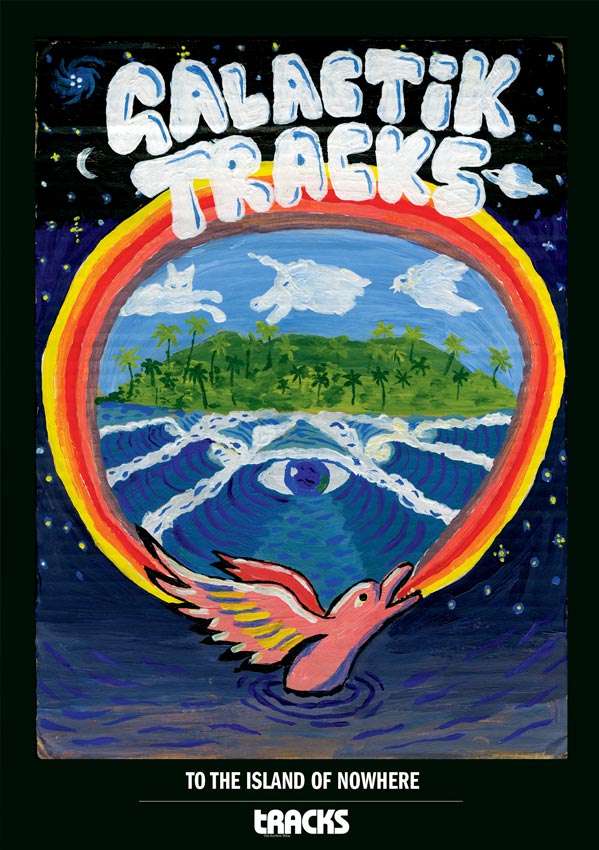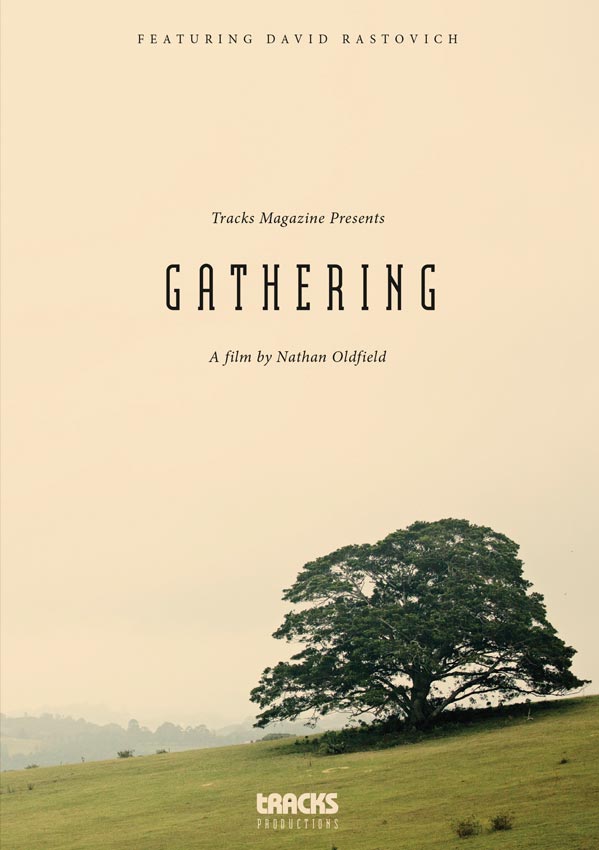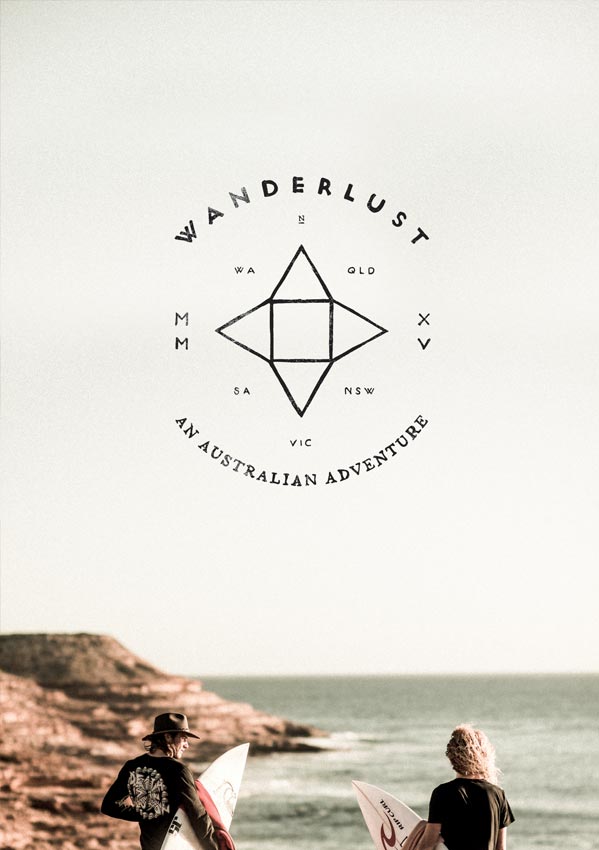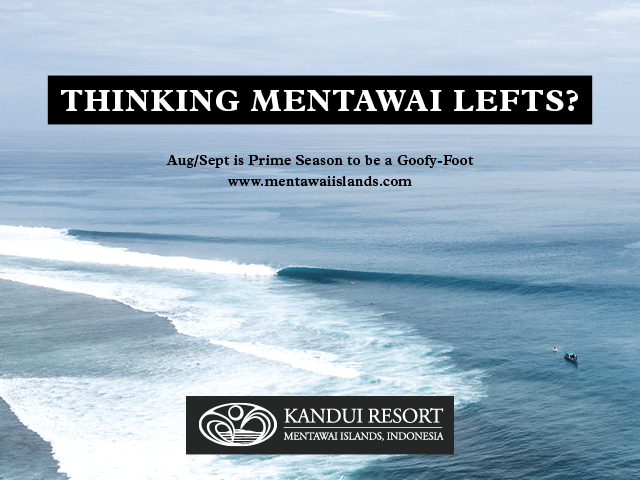Making a film about Andy Irons is a huge and complex undertaking; particularly given the dualistic expectations which come with the task. On one hand there is an obligation to do justice to the legacy of one of surfing’s most gifted individuals. To capture all that magnetic charisma, honour the achievements and satisfy the leagues of adoring fans for whom Andy has become even more God-like, since passing. Then there is the expectation from all viewers that they will be given some kind of explanation for Andy’s premature death, an event which was at once one of surfing’s darkest hours and most divisive incidents. Inspired by Andy’s wife, Lyndie Irons, and co-directed and produced by Steve Jones of Teton Gravity Research, along with Todd Jones, Kissed by God does not shy away from either of its core agendas; instead it boldly walks us through the forces and people at work in Andy Irons’ life while framing a long-form context for his tragic death.
In truth this is a movie about many things – Hawaii, a love story with Lyndie, brotherly friction with Bruce, an intense rivalry with Kelly Slater, the origins of the notorious Wolfpak, pro surfing hedonism, mental health and the evil of pharmaceuticals.
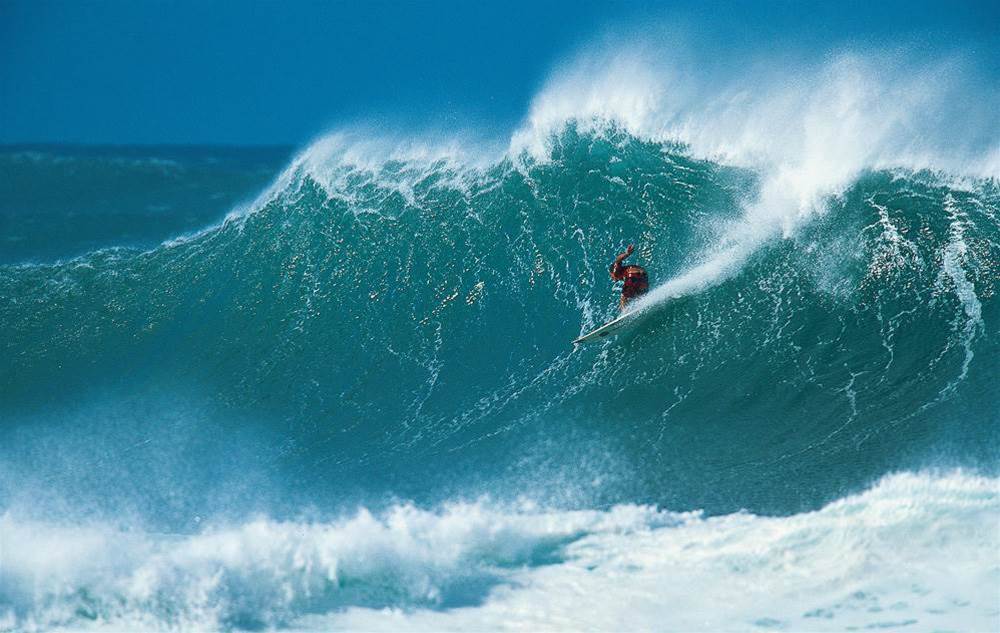
The film begins in Hanalei Bay, a corner of paradise on the island of Kauai where the mountains soar and waterfalls tumble and there are waves as good as anywhere in the world – just don’t expect to see footage of any of them (aside from Pine Trees) because filming is still taboo. We are told this is where Andy’s dad, Phil, moved to surf all-day and live off “bananas avocados and brown rice” and where he met Andy’s mum Danielle. The indication that Danielle came from a family of ultra-competitive downhill skiers points at the origins of Andy’s ruthless competitive drive – a competitive drive that from a young age was firmly aimed at his brother, Bruce. It was a relationship in which Bruce explains there was no tolerance for displays of weakness or feelings. In one revealing piece of archival footage young Bruce is asked if he loves his brother and can’t give a straight answer to the question.
Despite the intensity of their relationship the film makes its case that it was the fraternal rivalry that helped drag Bruce and Andy into pro surfing’s limelight. We see the young Irons brothers island hopping to the North Shore on weekends, serving their apprenticeship at Pipe and absorbing everything – good and bad – that came their way. Before long they are handsomely paid teenage professional surfers, a croaky but perpetually articulate Michael Tomson telling us that he was paying adolescent Andy $120 000 a year to ride for MCD.
Throughout the film Bruce has a way of delivering jaw-dropper, brutally honest summations of what was transpiring at any given point in their lives. Describing the financial naivety he and Andy shared as young, cashed up pro suffers he states, “So long as our ATM spits out money; we don’t want to deal with that shit. We just want to surf surf and surf.”
We follow Bruce and Andy as they become two, young darlings of the pro surfing world at a time when the booming surf industry encouraged decadence and excess. Reflecting on their early years as travelling pro surfers Cory Lopez states, “We lived so loose it’s amazing we made it through those years.” And as the film makes plainly apparent Andy almost didn’t. On an Indonesian boat trip in 1999 he went on a huge bender that was topped off with a line of morphine. Courtesy of the binge, Andy flat-lined for eight minutes and at one point it didn’t look like he would wake up.
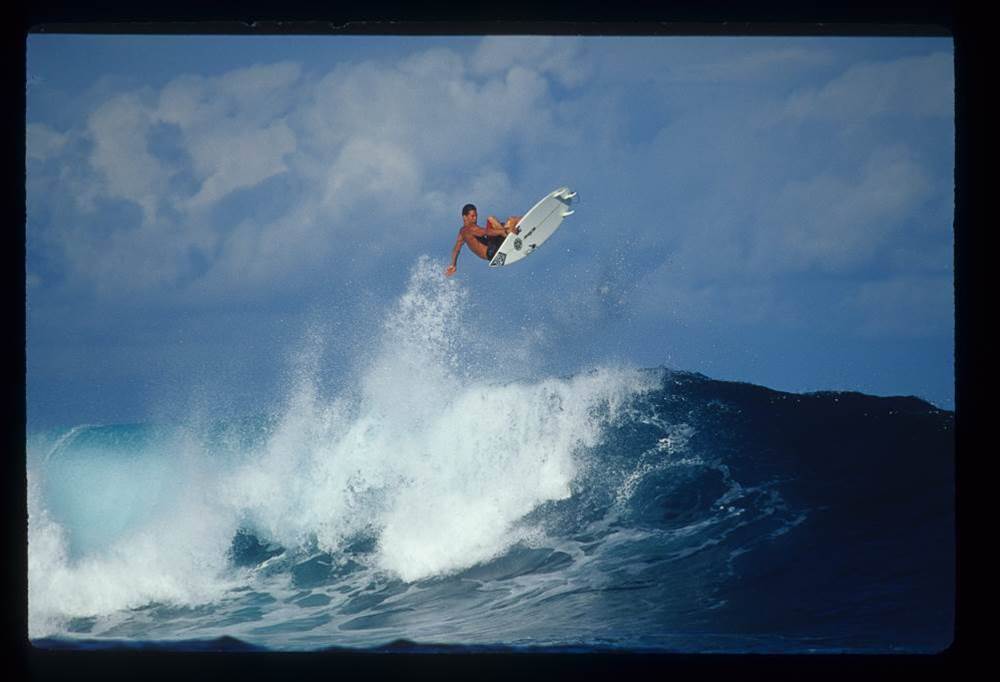
Around the same time Andy was formally diagnosed with bi-polar disorder, but ultimately rejected a course of action that involved medication and treatment. The film suggests that there were individuals who tried their hand at convincing him to pursue medical alternatives and to address his self-destructive behaviour, but none were successful, and then of course it happened – after reaching rock bottom Andy flipped the switch and went on a run that ultimately led to three successive world title victories. Again it’s Bruce who delivers the clincher line – “My brother went on to win the world title from being fucking dead.” With Andy on an invincible streak there were less people to question the status of his mental health.
Featuring a steady flow of commentary from psychiatrists and bi-polar experts, the movie comes close to implying that Andy’s three world titles were the consequence of a kind of manic high that empowered him to perform at a heightened level. Whatever was driving his incredible streak, no one wanted to do anything that might put a handbrake on it. Winning was too good for sponsors and the army of friends and hangers on riding high on the success of the one they had already dubbed the ‘people’s champion’. Meanwhile success allowed Andy to indulge his every desire and there were plenty around him happy to serve as enablers.
While the movie clings to the central narrative about the reasons behind Andy’s death it takes the necessary deviations to discuss other essential elements. Looking back, the intensity of the rivalry between Kelly and Andy looses none of its bite. It was a time Sal Masekela suggests ‘when everybody kinda had to choose a side’.
Kelly plays a key role in the film; he’s still candid about the psychological barbs he and Andy traded, but ultimately grows teary when it comes to remembering the surfer who forced him to find the best in himself.
It is perhaps a convenient dramatic turning point, but we are told that the catalyst for Andy’s downward spiral was his controversial loss to Kelly in the 2005 J-Bay final. The film revisits the moment, suggesting Andy would have gone on to win his fourth world title if awarded victory at the J-bay event. If the movie does throw anyone under the bus it’s probably the judging panel at the 2005 J-Bay Open who gave Kelly the score to edge out Andy in the dying moments of the final.
From here we are given a well-documented description of Andy’s descent into a drug-fuelled haze, which further exacerbates his still untreated mental condition. We’re told that Andy developed a taste for a smorgasbord of drugs but that it was ultimately an emerging market of readily available pharmaceuticals that did the most damage. While drugs like Oxycontin, (a major source of undoing for Andy) might be described as opioid, pain relievers by pharmaceutical companies, one of the experts in the film gives a far better description of them as ‘basically
Heroin pills.’ As the film charts Andy’s (and his brother and friends’) battle with over-the-counter pharmaceuticals, it makes a none-to-subtle statement about the epidemic that is sweeping across America and claiming thousands of lives every year.
However, just when you feel like the film might be placing all the onus on pharmaceuticals and the system, or the individuals feeding Andy his constant diet of drugs, there’s Bruce again, bringing it right back to reality. “Everyone wants to blame someone but me and my brother we were big fucking drug monsters. We were manipulative in getting what we wanted.”
If Andy is the film’s tragically flawed star then Lyndie is unquestionably the real heroine. A young girl who falls in love with a wild boy from Kauai and before she knows it finds herself on tour with him, travelling the world and trying to act as an even keel as Andy is subject to the volatilities of fame, untreated mental illness and self-destructive drug use. Through it all Lyndie’s love for Andy (nor his for her) is ever in question. At the lowest point Lyndie talks of venturing to Foodland for groceries, trying to keep a brave face while her “dying heroin husband” is curled up in bed in the foetal position.
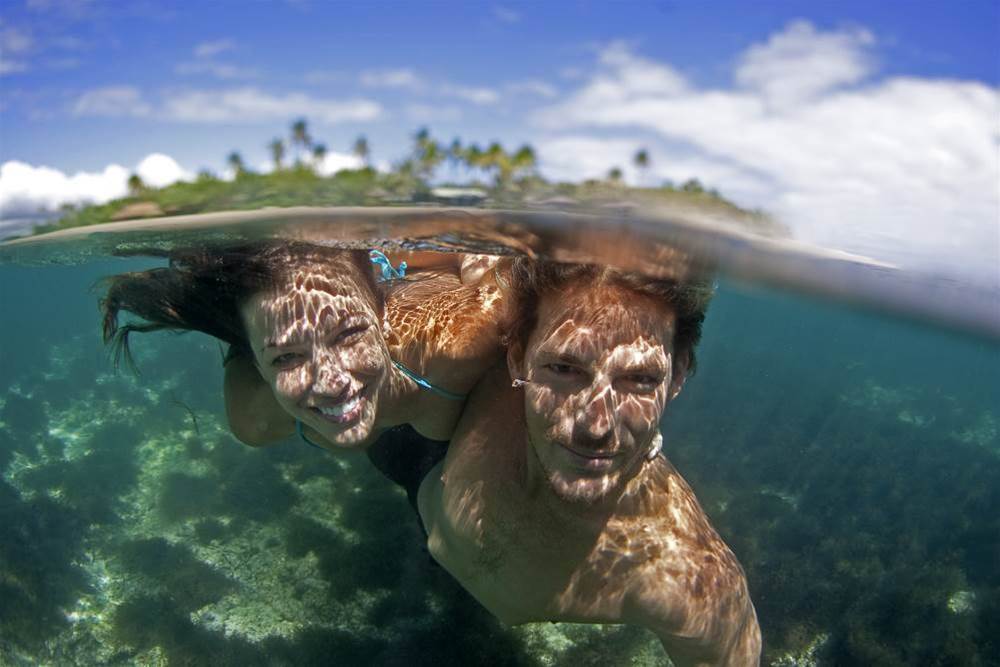
And, as we know, it was ultimately Lyndie who was left to give birth to and raise a son in the absence of a father. It was also Lyndie who reached out to director Steve Jones and Teton Gravity Research films and pushed for the movie to be made. Perhaps partly as a form of therapy for herself and also to honour the legacy of the husband she loved. In perhaps the ultimate act of bravery Lyndie has been travelling with the film, fronting Q and A panels after premieres alongside the director Todd Jones and producer Enich Harris.
At last night’s George Street premiere most of the questions were directed at Lyndie, who wept as she answered questions about everything from showing the film to son, Axel, Andy’s favourite waves, mental health and the opioid epidemic in America. Andy Irons may have been Kissed by God but the truth is it’s Lyndie Irons who is left to deliver his message.
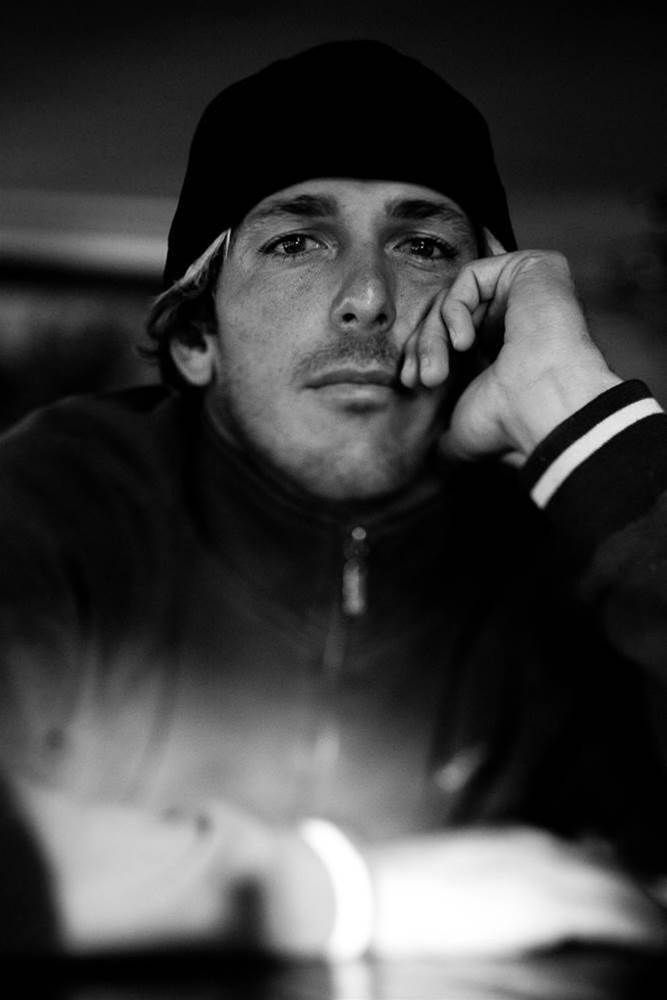
Andy’s role in coalescing a distinctive artistry, athleticism and competitive savvy to take surfing into another realm, are definitely reaffirmed by Kissed by God. However, thanks to this film, perhaps Andy’s greatest legacy will be in opening up the dialogue about mental illness; removing the stigma attached to the label and simply making it ok for people to talk about their problems to friends and professionals. And so in life Andy was an instrument of change in surfing and in death he may become an instrument of change in the way we deal with life itself.
Kissed by God will have a theatrical release throughout Australia and New Zealand, where it will be screening in more than 50 theaters between Friday, August 17 and Wednesday, August 22. Please share far and wide with your audience – thanks for your support! For a full list of screenings and to book tickets: https://www.tetongravity.com/films/andy-irons-kissed-by-god/tour

